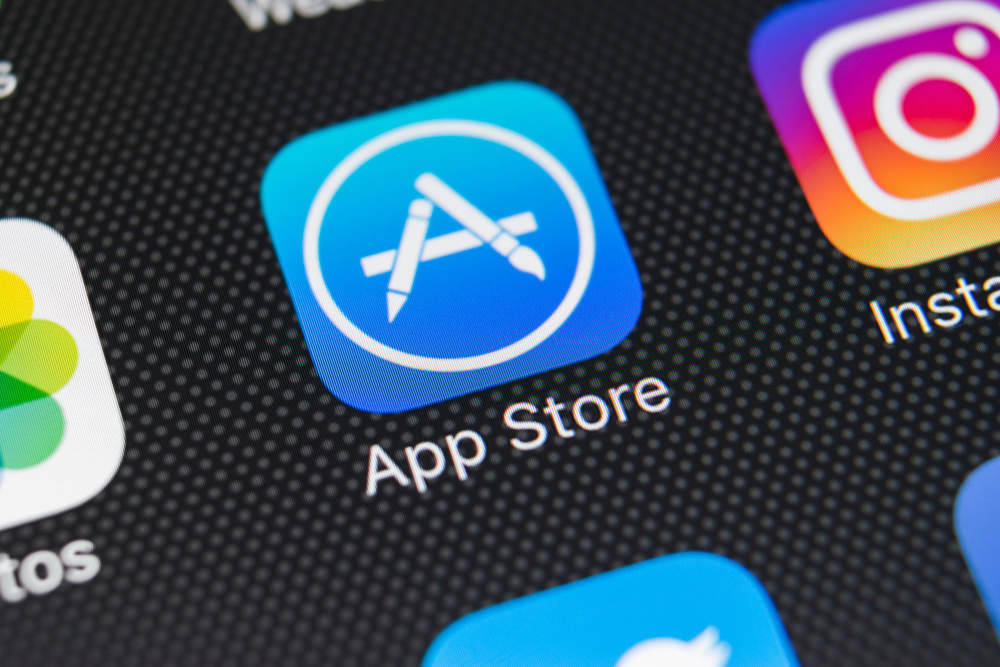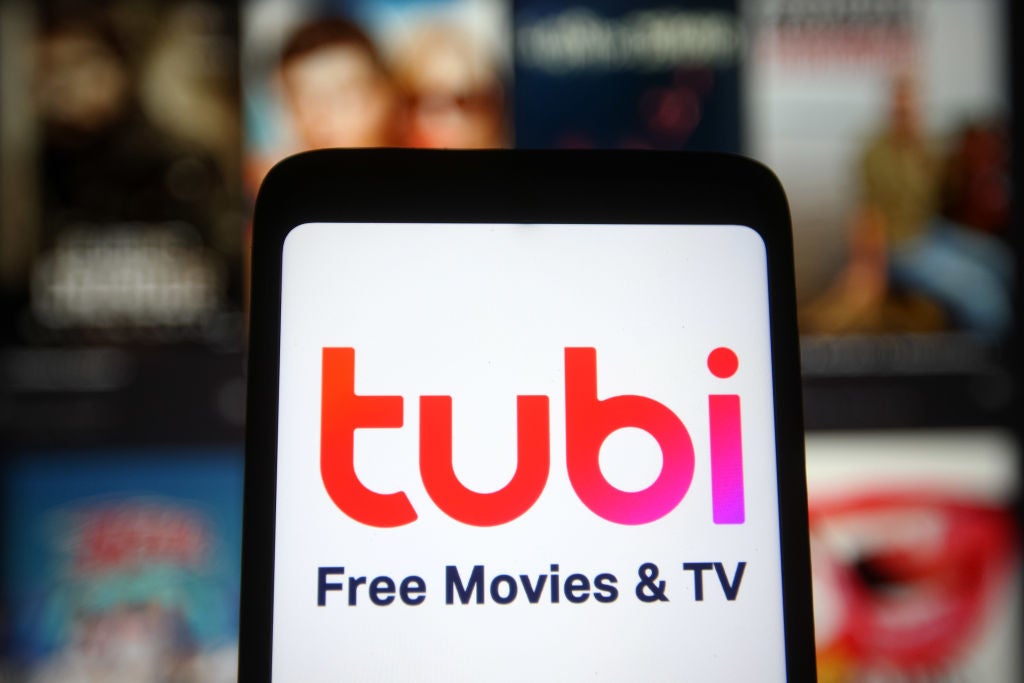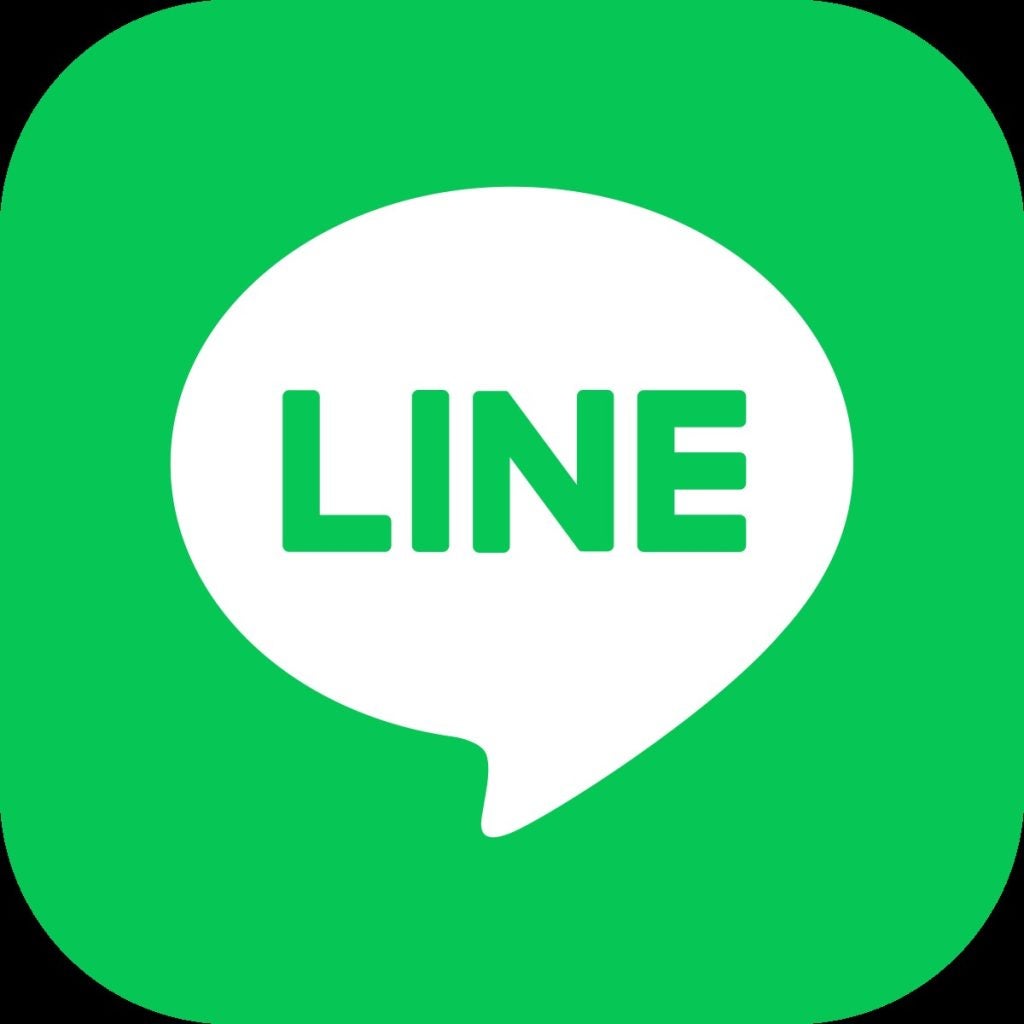Consumers have been used to freemium business models for many years. And, what users on Apple’s AppStore or Google’s Play Store, quickly learn is there’s very few free apps.
The freemium app business model of giving away a portion of their service for free to gain as much interaction with users in the hope to entice them to pay for a premium service has been used by the likes of Facebook, Skype and Spotify and becoming increasingly prevalent in the business-to-business market as well.
Whilst many consumer services leveraging advertising as a means of supplementing operating costs, few business-oriented services can offer the same model.
But, when the competition adopts a freemium model, emulation is sometimes the only strategy to stop your own customers from switching.
The major disadvantage of freemium business models is that paid users need to generate enough revenue to support the cost of acquiring and serving all of users – both paid and free, and in reality conversion rates from free users to premium-paying customers are typically very small.
Freemium works when the marginal cost of each new user is low and corresponding operating costs are low, and by leveraging cloud-based infrastructure services such as Evernote, Dropbox and Slack are successfully navigating the freemium waters to achieve rapid growth and revenue; however, there are additional elements businesses need to consider when embarking on this model:
How well do you really know your competitors?
Access the most comprehensive Company Profiles on the market, powered by GlobalData. Save hours of research. Gain competitive edge.

Thank you!
Your download email will arrive shortly
Not ready to buy yet? Download a free sample
We are confident about the unique quality of our Company Profiles. However, we want you to make the most beneficial decision for your business, so we offer a free sample that you can download by submitting the below form
By GlobalDataValue: Companies that do not have a unique and high-quality free service that addresses an immediate need are likely to fail. If the free service does not at least solve part of a user’s problem they won’t be motivated to upgrade to a paid version. Service providers can gain valuable insights from freemium users by analysing their data. Such insights can help vendors understand both how their software is used, how it is experienced, and what features they should consider monetising.
Creating a Network Effect: Freemium works well when it creates a network effect, i.e. it becomes more valuable as more people use it. This effect can oftentimes lead to a market structure in which a single company or service will dominate a we specific segment – examples include Facebook, Instagram, and Snapchat. As the number of users increase the value of the service, more users are attracted to it. The addition of new users further increases the value of the service and consequently, a virtuous circle is created.
Playing the long game: Freemium business models often takes a considerably long time to become profitable. Customers may take some time to recognise the underlying value in a paid service and because new free users impact profitability in terms of operating expenses, support and infrastructure upgrades, freemium may take a long time to break even.
If companies can navigate the waters well, these enterprise vendors have the potential to be the Facebooks of their markets:
But crucially, success ultimately comes down to striking the right balance of nurturing an affinity for a free service while whetting the appetite for a valuable, premium experience.







Related Company Profiles
Spotify AB
Meta Platforms Inc
Dropbox Inc
Google LLC
Apple Inc